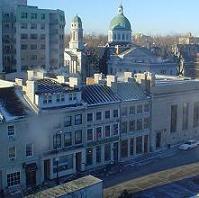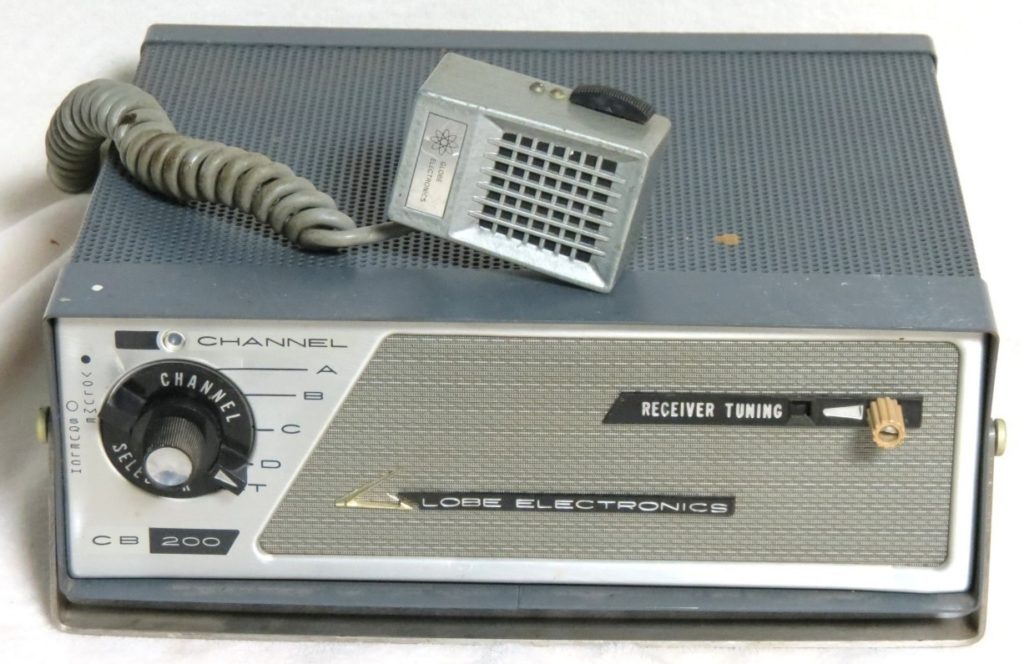Five hundred posts in around nine months. I received my congratulatory prizes from Portland the other day: a T-shirt from a deep sea fishing outfit from California and a wind-up radio that includes a warning not to wind up until the batteries have had 5 hours charge from a 12 volt adapter (not included). So in honour of the passage of time a side-by-side shot to the southwest from the dome.
Two images of the same view mid-19th century and early 21st
I noticed the older photo down a hallway at work, a view from the dome of City Hall which I have twinned with one of my own from a couple of weeks ago. According to the St. George’s Cathedral history, the older photo must be from between 1838 and 1862 as you can see the second larger dome built in the latter year is not present. So it is around 150 years older than my shot from the other day. The church’s predecessor, more on the actual market square the row of houses to the bottom of each photo face, is the location of the declaration of government in Ontario in 1792:
John Stuart, “Father of the Anglican Church in Upper Canada”, was the Rector. On July 8th, Lieutenant Governor John Simcoe, standing on the steps of St. George’s Church, took “the required oaths” of office and read the Royal Commissions, thus connecting St. George’s with the beginnings of provincial government in Ontario.
The actual date of the first European settlement in Kingston was 1673 by the French at Fort Frontenac. La Salle, the great explorer [after whom a car was named and referenced in the All in the Family theme sung by Archie and Edith Bunker] was the first seigneur and used the fort as a base for his explorations into the interior..which did not turn out all rosy. In 1758 Fort Frontenac was taken by the English. Ransacked and abandoned, it remained unoccupied for the next 25 years. [An interactive map of the entire St. Lawrence area starting with Fort Frontenac in the west from 1776 is here.] In 1783, Major Samuel Holland was sent to survey the condition of the fort, and in the same year temporary barrack facilities were constucted. Sammy is well known in PEI as its first surveyor (though it was only a part of his larger works) and the briefly celebrated namesake of Samuel Holland Institute of Technology (a joke since at least 1993 – scroll down page) which was soon renamed Holland Collage.




